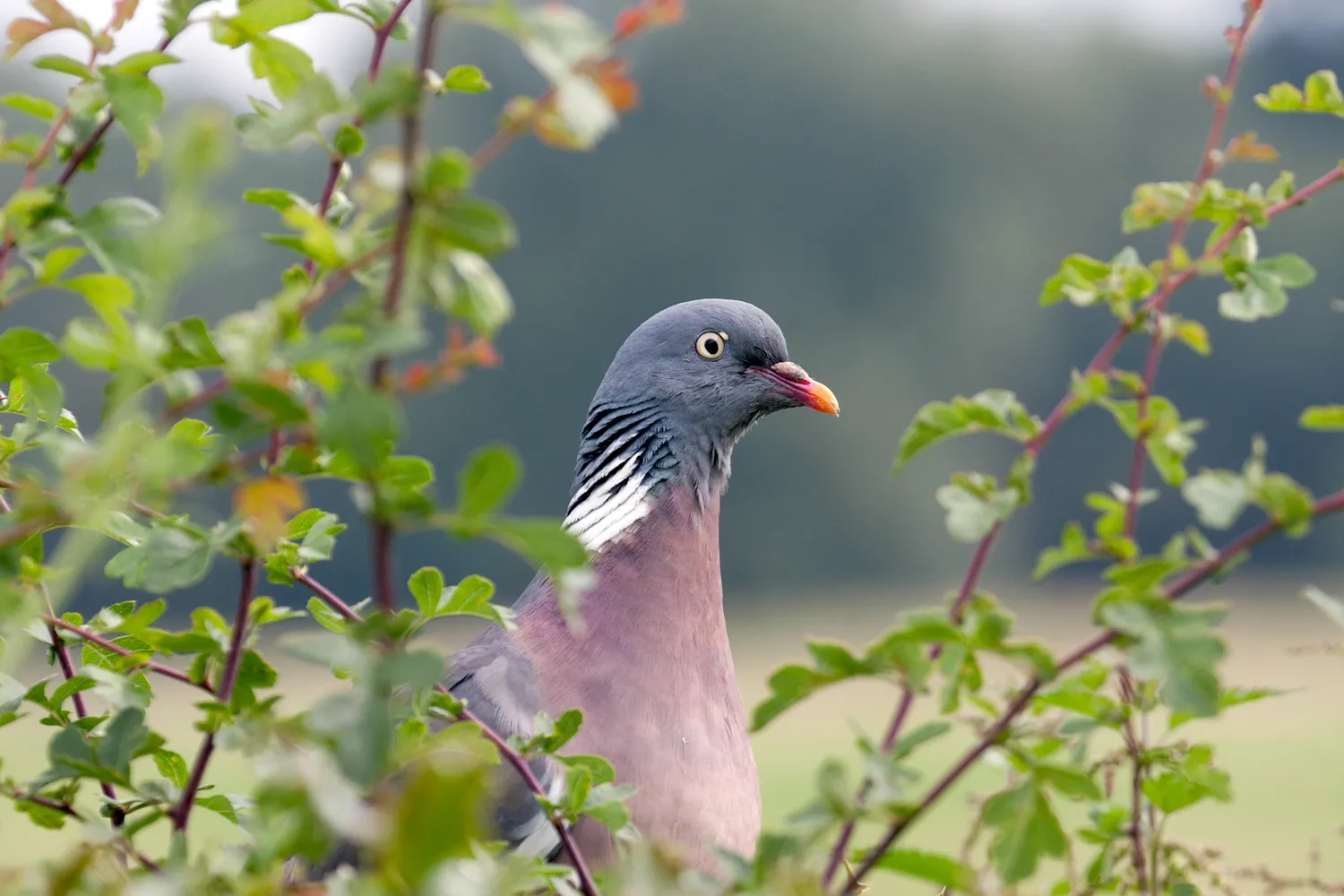The total biomass of birds visiting gardens has been growing. In 2012, we asked householders to calculate the weight of their garden bird communities in order that we could examine how these communities varied according to region, garden type and surrounding habitat.
Methods
The survey was carried out during June 2012 and observers were asked to note down the birds using their garden over the course of one hour, recording the maximum number of individuals of any given species recorded at one point in time. These observations were then entered through a web-based system, with interactive results pages reporting initial 'live' findings.
We were interested in the structure of the core avian community, so asked for counts of 60 specific species.
Results
Records were received from in excess of 4,000 participants and preliminary results were launched on BBC Springwatch. The national average number of species recorded was 11.24, with average biomass generally lowest in south-west England, the West Midlands and the Welsh borders.
We used biomass as a way of measuring bird communities. Our results ranged from 9 g (a garden in Scotland with a single Coal Tit visiting) to 71,496 g (a garden in Norfolk with Mallards). The national average was 3,575 g, equivalent to 325 Blue Tits, 36 Blackbirds or eight Woodpigeons!
Location
On average, rural gardens (4,283 g) held greater 'bird biomass' than suburban ones (3,195 g) which supported more than urban gardens (2,679 g). On average, larger gardens supported the most 'bird biomass' (4,900 g). These typically supported larger species such as gamebirds, birds of prey and waterfowl. Small gardens, on average, supported the greatest biomass of sparrows/buntings.
On average, gardens in northern Scotland supported almost twice the biomass of Red-listed birds of conservation concern than gardens in the south of England. East Anglian gardens supported the greatest biomass of Amber-listed birds.
Outputs and outcomes
The results of this work were reported on BBC SpringWatch, which had helped to promote the survey and secure participants. The work fed into our wider thinking about the changing nature of garden bird communities, something that we examined in detail using GBFS data for a peer-reviewed paper.
